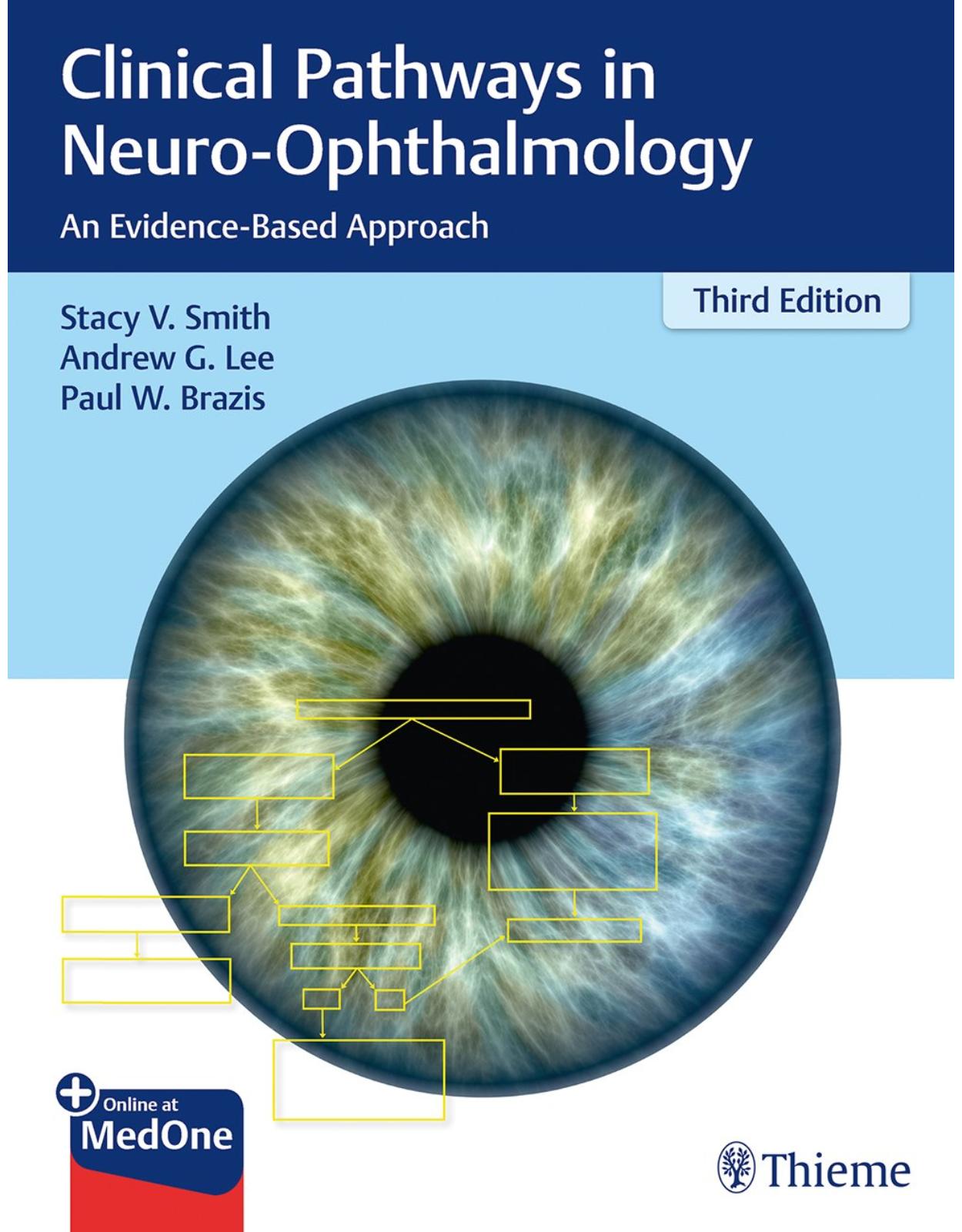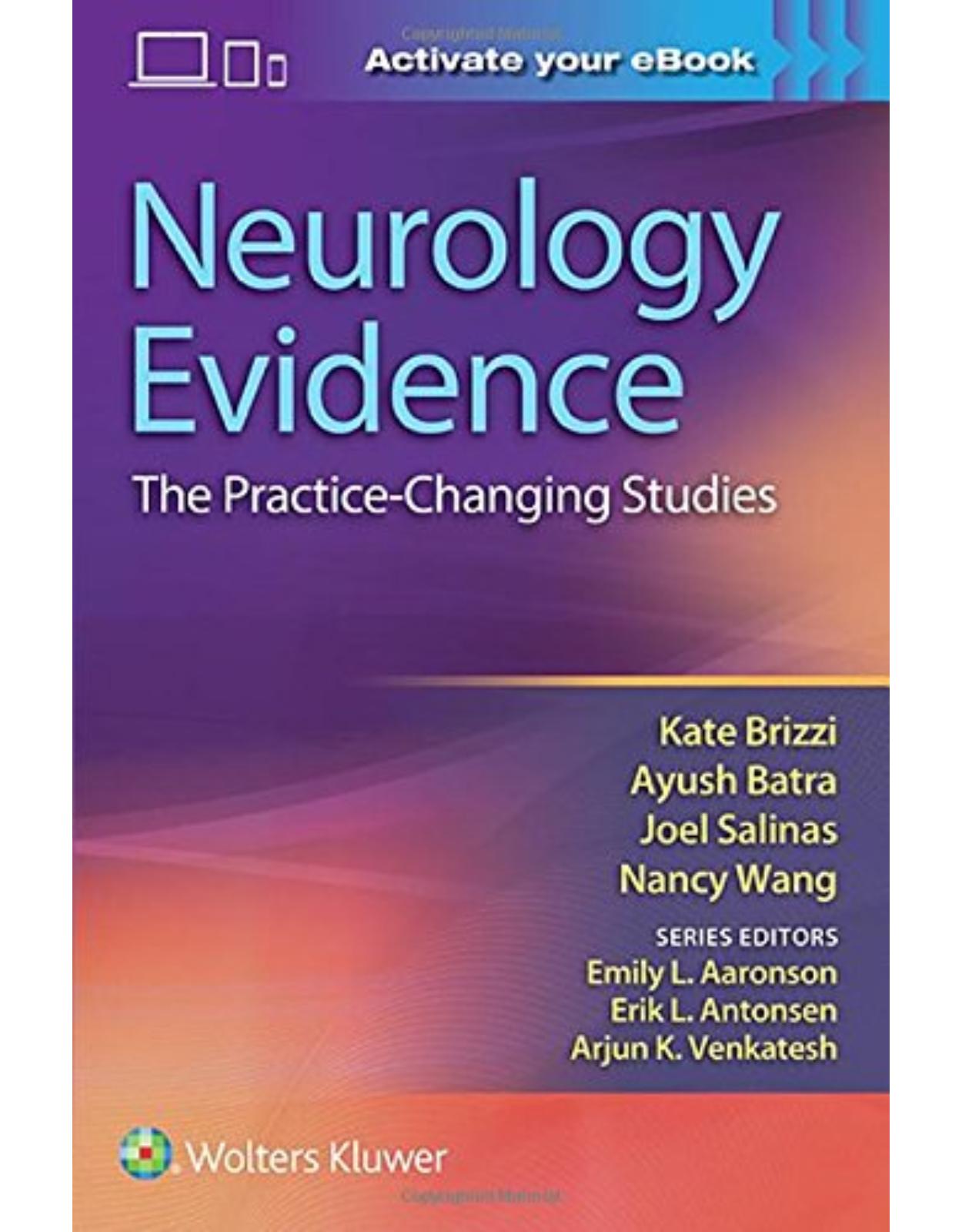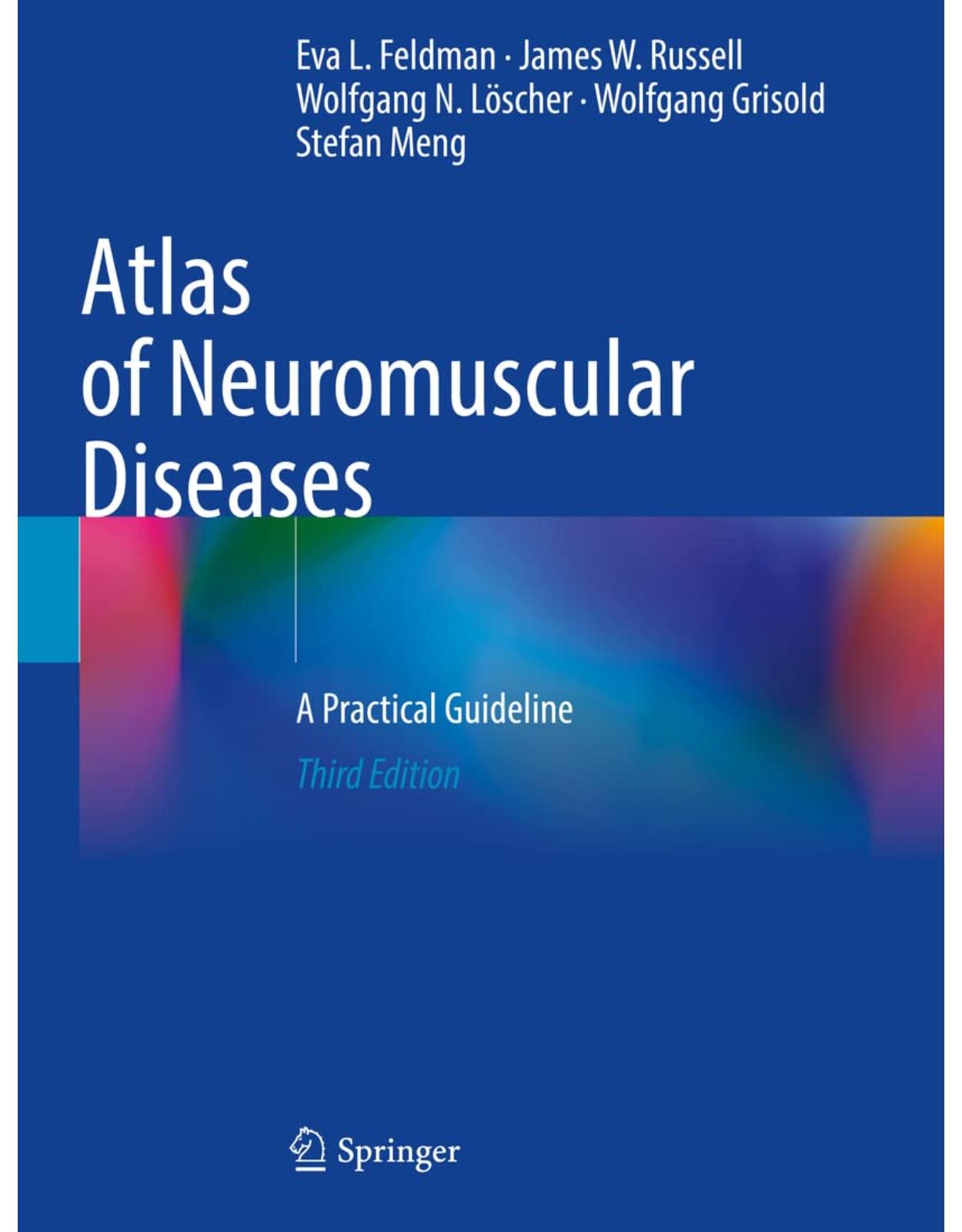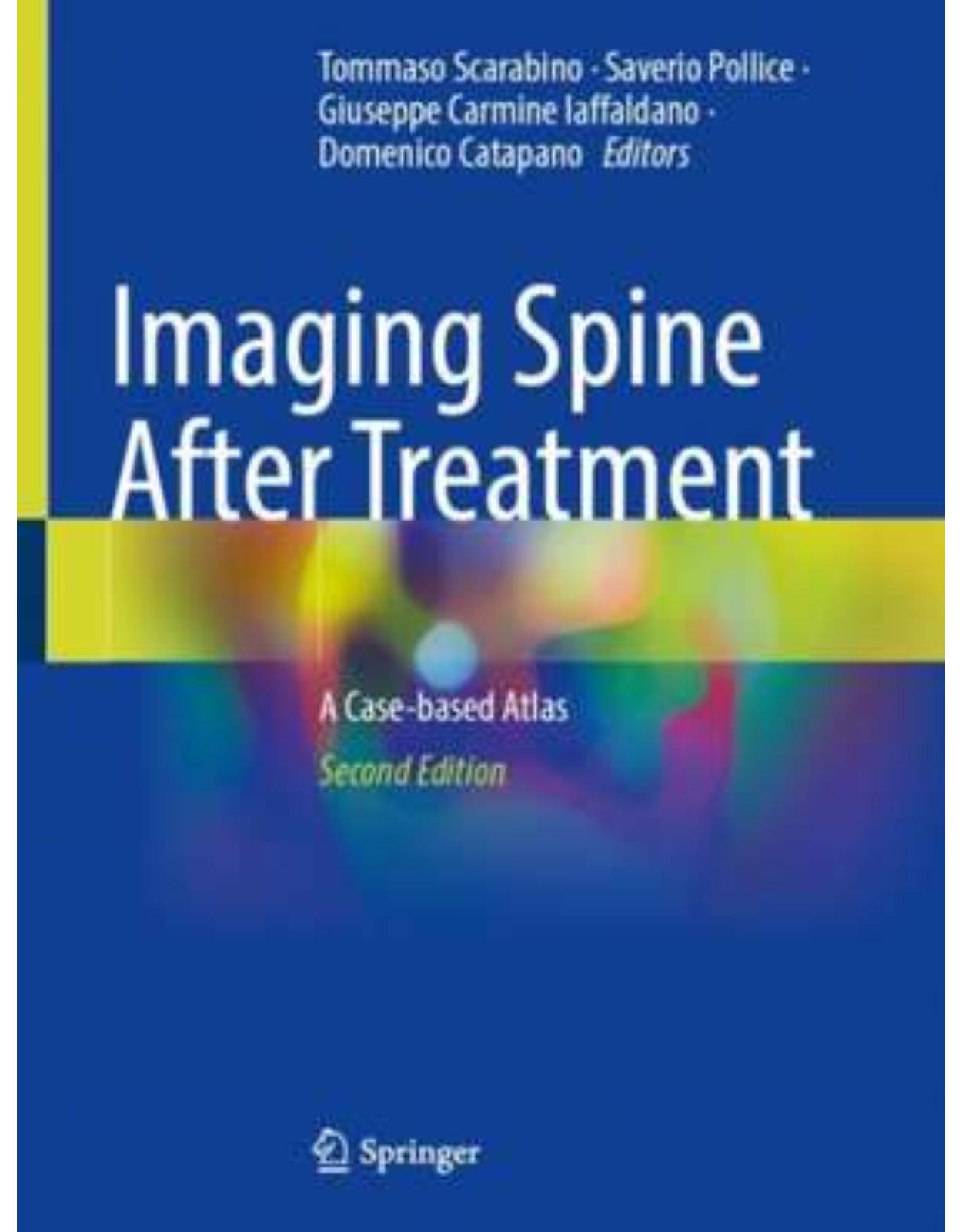
The Brain, Spine and Nerves in Sports
Livrare gratis la comenzi peste 500 RON. Pentru celelalte comenzi livrarea este 20 RON.
Disponibilitate: La comanda in aproximativ 4 saptamani
Editura: Thieme
Limba: Engleza
Nr. pagini: 272
Coperta:
Dimensiuni: 216 x 279 mm
An aparitie: 3 sep 2024
The definitive text on the diagnosis and treatment of sports-related neurological injuries
Although musculoskeletal injuries are by far the most common injuries seen in sports, neurological injuries are often the most serious and potentially devastating. The Brain, Spine and Nerves in Sports is a comprehensive textbook edited by neurosurgeons Nicholas Theodore and Russell R. Lonser, internationally renowned experts in sports-related brain and spine trauma. The book covers intricacies associated with the diagnosis and treatment of sports-related neurological injuries, with firsthand, collaborative insights from a who's who of multidisciplinary neurological experts in sports injury medicine.
The book is organized into four sections and 40 thoughtfully curated chapters covering diagnosis, surgical and nonsurgical approaches, and management of traumatic brain injuries, concussions, spinal cord injuries, and peripheral nerve injuries. The final chapter focuses on leveraging concussion data to improve the safety of American football. Each chapter blends theoretical knowledge, evidence-based practices, case studies, and practical insights derived from the authors' extensive clinical experience.
Key Features:
Contributions and pearls from leading authorities in the fields of neurosurgery, spine surgery, sports medicine, and rehabilitation
The latest advancements, techniques, and best practices for managing neurological conditions in athletes, presented in a succinct, easy-to-digest format, with short videos
Detailed, critical overviews of sports-related neurological injuries in American football, soccer, cycling, baseball, skiing, combat sports, ice hockey, rugby, and more
A wealth of tables and assessment tools to enhance management of challenging, often time-sensitive situations, including complex return-to-play issues
This definitive textbook will help neurosurgeons, orthopedic surgeons, neurologists, trainers, sports medicine physicians, and pain management physicians optimize patient outcomes, enhance performance, and promote the overall well-being of athletes at all levels of competition.
Table of Contents:
Section I Brain
1 Sports-Related Head Injury
1.1 Traumatic Brain Injury Overview
1.1.1 Classification
1.1.2 Epidemiology
1.1.3 Pathophysiology
1.2 Management Principles
1.2.1 Workup and Treatment
1.2.2 Complications
1.3 Clinical Pearls
1.4 References
2 Imaging of Sports-Related Neurological Injuries
2.1 Basic Anatomy and Pathophysiology of the Spine
2.2 Specific Injuries
2.2.1 Craniocervical Junction Injuries
2.2.2 Subaxial Cervical Spine
2.2.3 Thoracolumbar Spine
2.3 Imaging of Spine Trauma
2.3.1 Radiographs and Computed Tomography (CT)
2.3.2 Magnetic Resonance Imaging (MRI)
2.4 Imaging of Cranial Trauma
2.4.1 Initial Evaluation
2.4.2 Computed Tomography
2.4.3 Magnetic Resonance Imaging
2.4.4 Advanced Imaging
2.5 Clinical Pearls
2.6 Disclosure Statement
2.7 References
3 Management of Sports-Related Head Injury in the Athlete
3.1 Recognize and Remove
3.2 Re-evaluate
3.3 Rehabilitation
3.4 Refer
3.5 Recovery
3.6 Return to Sport (RTS) and Return to Learn (RTL)
3.7 Reconsider—Potential Long-term Effects
3.8 Retire
3.9 Risk Reduction
3.10 Refine—Para Sport and Pediatric Considerations
3.11 Clinical Pearls
3.12 References
4 Post-concussion Syndrome Management
4.1 Post-concussion Syndrome
4.2 Management of PCS
4.3 Evaluation of PPCS
4.3.1 Subthreshold Exercise
4.3.2 Neuropsychological Evaluation
4.3.3 Oculomotor and Vestibular Assessment
4.4 Treatment of PCS
4.4.1 Subthreshold Exercise
4.4.2 Oculomotor, Vestibular, and Cervical Rehabilitation
4.4.3 Pharmacological Management
4.4.4 Psychological Interventions
4.5 Clinical Pearls
4.6 Conflicts of Interest/Financial Disclosures
4.7 References
5 Congenital Cranial Anomalies and Implications for Athletics
5.1 Introduction
5.2 Hydrocephalus
5.3 Craniosynostosis
5.4 Chiari Malformations
5.5 Epilepsy
5.6 Arachnoid Cysts
5.7 Intracranial Vascular Pathologies
5.7.1 Arteriovenous Malformations
5.7.2 Moyamoya Syndrome and Disease
5.8 Prior Craniotomy
5.9 Conclusions
5.10 Clinical Pearls
5.11 References
6 Considerations for the Child with Sports-Related Head Injury
6.1 Introduction
6.2 SCAT6/SCOAT6
6.3 Treatment and Management of Concussion in Youth
6.4 Return to School
6.5 Returning the Youth Athlete to Sport
6.6 References
7 Concussion: Long-term Sequelae
7.1 Introduction
7.2 History
7.3 Epidemiology
7.4 Pathologic Features
7.4.1 Gross Findings
7.4.2 Histologic Features
7.5 Clinical Syndrome
7.6 Diagnostic Modalities
7.6.1 Imaging
7.6.2 Molecular Biomarkers
7.7 Treatment
7.8 Conclusion
7.9 Clinical Pearls
7.10 Disclosure Statement
7.11 References
Section II Spine
8 Sports-Related Spine Injuries
8.1 Introduction
8.2 Association of Sports with Spine Injuries
8.3 Spine Anatomy and Properties
8.4 Sports-Related Spine Injuries
8.4.1 Cervical Spine Injuries
8.4.2 Thoracic and Lumbar Spine Injuries
8.4.3 Back Pain
8.4.4 Spinal Cord Injuries
8.5 Injury Classification and Scoring Systems
8.6 Conclusion
8.7 Clinical Pearls
8.8 References
9 Biomechanics of the Head and Spine in Sports
9.1 Introduction
9.2 Fundamental Brain Biomechanics
9.2.1 Translational Kinematics
9.2.2 Rotational Kinematics
9.3 Direct versus Indirect Loads
9.4 Techniques to Determine Injury Thresholds
9.4.1 Physical Reconstructions
9.4.2 Head Impact Sensors
9.4.3 Computational Models
9.5 Role of Impact Direction
9.6 Biomechanics of Injury Prevention
9.7 Prevention of Long-term Consequences of Repetitive Head Impacts
9.8 Biomechanics of Spinal Injury in Sport
9.9 Clinical Pearls
9.10 References
10 Nonsurgical Treatment of Spinal Injuries
10.1 Introduction
10.2 General Considerations and Initial Assessment
10.3 Cervical Spine
10.3.1 Epidemiology
10.3.2 Strain and Sprain
10.3.3 Ligamentous Injuries
10.3.4 Disk Bulge and Herniation
10.3.5 Definition of Cervical Stenosis
10.3.6 Neuropraxia, Stingers, and Burners
10.3.7 Fractures without SCI
10.3.8 Return-to-Play Recommendations
10.4 Thoracic Injuries
10.4.1 Epidemiology
10.4.2 Strain and Sprain
10.4.3 Ligamentous Injuries
10.4.4 Disk Bulge and Herniation
10.4.5 Neuropraxia
10.4.6 Fractures without SCI
10.4.7 Return-to-Play Recommendations
10.5 Lumbar Injuries
10.5.1 Epidemiology
10.5.2 Strain and Sprain
10.5.3 Ligamentous Injuries
10.5.4 Disk Bulge and Herniation
10.5.5 Spondylolysis and Spondylolisthesis
10.5.6 Definition of Spinal Stenosis
10.5.7 Fractures without Instability
10.5.8 Return-to-Play Recommendations
10.6 Conclusion
10.7 Clinical Pearls
10.8 Disclosures
10.9 Acknowledgments
10.10 References
11 Emergent Management of the Athlete with Spinal Cord Injury
11.1 Introduction
11.2 Pregame Planning
11.3 Initiating Spinal Precautions
11.4 On-Field Management
11.5 In-Hospital Management
11.6 Additional Treatment Options
11.7 Conclusion
11.8 Clinical Pearls
11.9 Disclosures
11.10 References
12 Physical Examination of the Athletic Spine
12.1 Introduction
12.2 The Spine Examination
12.3 Phases of the Physical Examination of the Spine and Corresponding Pathologies
12.3.1 Cervical Spine
12.3.2 Thoracic Spine
12.3.3 Lumbar Spine
12.3.4 Shoulder, Hip, and Sacroiliac Joints
12.4 Clinical Pearls
12.5 References
13 Rehabilitation of Athletic Spinal Injuries
13.1 Introduction
13.2 General Rehabilitation Overview
13.3 Acute Phase
13.4 Therapeutic Modalities
13.5 Biomechanics
13.6 Core Stabilization
13.7 Spine Mobility
13.8 Muscle Activation and Motor Control
13.9 Adaptive Progression
13.10 Aerobic Excercise
13.11 Aquatic Rehabilitation
13.12 Rehabilitation Progression
13.13 Clinical Pearls
13.14 References
14 Spinal Manipulation
14.1 Introduction
14.2 Introduction to Chiropractic
14.3 Indications for Spinal Manipulation
14.3.1 Pain
14.3.2 Decreased Range of Motion
14.3.3 Posture
14.3.4 Neurological or Nerve Root Entrapment
14.3.5 Sacroiliac (SI) Disorders
14.3.6 Headaches
14.3.7 Vertigo, Equilibrium, and Balance Problems
14.3.8 Whiplash
14.3.9 Concussion
14.3.10 Degenerative Disk Disease (DDD)
14.3.11 Degenerative Joint Disease (DJD)
14.3.12 Extremity Injuries
14.3.13 Overall Performance
14.3.14 Proactive Care
14.4 Contraindications for Spinal Manipulation
14.5 What is an Adjustment?
14.5.1 Practice Pearl
14.6 The Effects of Spinal Misalignments
14.7 Commonly Utilized Chiropractic Techniques ▶ [615]
14.8 References
15 Surgery: Anterior Cervical Diskectomy and Fusion
15.1 Introduction
15.2 Preoperative Assessment
15.3 Surgical Technique
15.3.1 Positioning
15.3.2 Dissection
15.3.3 Diskectomy and Fusion
15.3.4 Postoperative Care
15.4 Return to Play after ACDF
15.5 Clinical Pearls
15.6 References
16 Surgery: Cervical Arthroplasty
16.1 Introduction
16.2 Preoperative Assessment
16.3 Surgical Technique
16.3.1 Operating Room Setup
16.3.2 Positioning
16.3.3 Decompression of the Segment
16.3.4 Placement of the Arthroplasty Device
16.4 Complication Avoidance
16.5 Return to Play
16.6 Conclusion
16.7 Clinical Pearls
16.8 Disclosures
16.9 Acknowledgments
16.10 References
17 Surgery: Posterior Cervical Foraminotomy
17.1 Introduction
17.2 Indications for PCF
17.3 Diagnostics
17.4 Nonoperative Management
17.5 Pertinent Anatomy
17.6 Operative Procedure
17.7 Complications
17.8 Postoperative Care
17.9 Conclusion
17.10 Clinical Pearls
17.11 Disclosures
17.12 Acknowledgments
17.13 References
18 Surgery: Posterior Lumbar Decompression and Fusion
18.1 Introduction
18.2 Indications
18.3 Preoperative Assessment
18.4 Surgical Technique
18.4.1 Operating Room Setup
18.4.2 Instrumentation of the Spine
18.4.3 Decompression of the Neural Elements
18.4.4 Placement of the Interbody
18.5 Complication Avoidance
18.6 Conclusion
18.7 Clinical Pearls
18.8 Disclosures
18.9 Acknowledgments
18.10 References
19 Surgery: Direct Pars Repair for Spondylolysis
19.1 Introduction
19.2 Spondylolysis
19.2.1 Presentation
19.2.2 Diagnosis
19.2.3 Management Options
19.3 Direct Pars Repair
19.3.1 Indications
19.3.2 Techniques
19.3.3 Outcomes
19.3.4 Case Presentation
19.4 Clinical Pearls
19.5 Summary
19.6 References
20 Return to Play after Spinal Injury
20.1 Introduction
20.2 Lack of Consensus
20.3 Considerations for RTP Guidelines
20.4 Spine Injury Biomechanics
20.5 Cervical Spinal Cord
20.5.1 Cervical Disk Herniation
20.5.2 Cervical Cord Neurapraxia
20.6 Lumbar Spine Injuries
20.6.1 Lumbar Disk Herniation
20.6.2 Spondylolisthesis
20.7 Surgical Considerations
20.7.1 Anterior Cervical Diskectomy and Fusion
20.7.2 Percutaneous Nucleotomy
20.7.3 Lumbar Diskectomy
20.8 Clinical Pearls
20.9 Disclosures
20.10 References
21 Congenital Spinal Anomalies and Implications for Athletics
21.1 Introduction
21.2 Spina Bifida
21.3 Klippel-Feil Syndrome
21.4 Os Odontoideum
21.5 Atlanto-Occipital Fusion
21.6 Atlantoaxial Instability in Down Syndrome
21.7 Hemivertebra
21.8 Adolescent Idiopathic Scoliosis
21.9 Conclusions
21.10 Clinical Pearls
21.11 References
Section III Peripheral Nerves
22 Anatomy and Physical Examination of the Peripheral Nerves
22.1 Scapula
22.2 Shoulder
22.3 Elbow
22.4 Wrist
22.5 Thumb
22.6 Fingers
22.7 Hip
22.8 Knee
22.9 Ankle
22.10 Foot
22.11 Provocative Tests
22.12 Clinical Pearls
22.13 References
23 Common Peripheral Nerve Problems in Athletes: Diagnosis and Management
23.1 Introduction
23.2 Burners and Stingers
23.3 Upper Extremity Nerve Injuries
23.3.1 Thoracic Outlet Syndrome
23.3.2 Other Nerve Injuries about the Shoulder: Suprascapular Nerve, Long Thoracic Nerve, and Axillary Nerve
23.3.3 Musculocutaneous Nerve
23.3.4 Median Nerve
23.3.5 Ulnar Nerve
23.3.6 Radial Nerve
23.4 Lower Extremity
23.4.1 Sciatic Nerve and Piriformis Syndrome
23.4.2 Pudendal Nerve
23.4.3 Lateral Femoral Cutaneous Nerve
23.4.4 Femoral Nerve
23.4.5 Fibular Nerve
23.4.6 Tibial Nerve
23.4.7 Morton’s Neuroma
23.5 Conclusions
23.6 Clinical Pearls
23.7 References
Section IV Sports
24 American Football
24.1 Introduction
24.2 Cervical Spine Injuries in Football Players
24.2.1 Epidemiology and Pathogenesis
24.2.2 Diagnosis
24.2.3 Management
24.3 Thoracolumbar Spine Injuries in Football Players
24.3.1 Epidemiology and Pathogenesis
24.3.2 Diagnosis
24.3.3 Management
24.4 Return to Play
24.5 Clinical Pearls
24.6 Disclosures
24.7 Acknowledgments
24.8 References
25 Soccer
25.1 Introduction
25.2 Brain Injury
25.2.1 Concussion
25.2.2 Subconcussive Heading, Neuropsychological Changes and Controversies
25.2.3 Neurodegenerative Disease and Controversies
25.2.4 Intracerebral Hemorrhages
25.3 Spine Injury
25.3.1 Spinal Degenerative Changes
25.3.2 Spinal Cord Injury
25.4 Peripheral Nerve Injuries
25.4.1 Facial Nerve (Cranial Nerve VII) Injury
25.4.2 Brachial Plexus Injury
25.4.3 Sciatic Nerve Branches (Fibular Nerve, Sural Nerve) Injury
25.5 Conclusions
25.6 Clinical Pearls
25.7 Disclosures
25.8 References
26 Golf
26.1 Introduction
26.2 Pathogenesis of Spinal Disease in Golf
26.2.1 Repetitive Traumatic Diskopathy
26.3 Treatment of Spinal Disease in Golf
26.3.1 Physical Therapy and Rehabilitation
26.3.2 Swing Modifications
26.4 Surgical Management and Return to Play Guidelines
26.5 Conclusions
26.6 Clinical Pearls
26.7 Disclosures
26.8 Acknowledgments
26.9 References
27 Cycling
27.1 Introduction
27.2 Brain
27.3 Spine
27.4 Peripheral Nerves
27.4.1 Ulnar Nerve
27.4.2 Median Nerve
27.4.3 Pudendal Nerve
27.5 Conclusions
27.6 Clinical Pearls
27.7 Disclosures
27.8 References
28 Rowing
28.1 Basic Technique
28.2 Common Spinal Injuries
28.3 Imaging
28.4 Prevention and Treatment
28.5 Clinical Pearls
28.6 References
29 Professional Motorsport Racing
29.1 Introduction
29.2 Different Types of Neurological Injury
29.2.1 Brain Injury
29.2.2 Spinal Cord Injury
29.2.3 Peripheral Nerve Injury
29.3 Safety Equipment for the Prevention of Neurological Injury
29.4 Conclusion
29.5 Clinical Pearls
29.6 References
30 Gymnastics
30.1 Introduction
30.2 Brain Injuries
30.2.1 Mechanism of Injury
30.2.2 Symptoms
30.2.3 Diagnosis
30.2.4 Treatment
30.3 Spine Injuries
30.3.1 Spondylolysis
30.3.2 Degenerative Disc Disease
30.3.3 Other Spinal Injuries
30.4 Prevention of Injury
30.5 Conclusions
30.6 Clinical Pearls
30.7 Disclosures
30.8 References
31 Equestrian
31.1 Introduction
31.2 Mechanism of Injury
31.3 Risk Factors
31.4 Brain Injuries
31.5 Spine Injuries
31.5.1 Vertebral Column Fractures
31.5.2 Spinal Cord Injury
31.6 Prevention and Protective Measures
31.7 Conclusion
31.8 Clinical Pearls
31.9 Disclosures
31.10 References
32 Baseball
32.1 Introduction
32.2 Biomechanics and Basic Technique
32.2.1 Pitching
32.2.2 Batting
32.3 Catastrophic Injuries in Baseball
32.4 Noncatastrophic Spine Injuries
32.4.1 Disc Herniation
32.4.2 Lumbar Spondylolysis
32.5 Traumatic Brain Injuries
32.6 Peripheral Nerve Injuries
32.6.1 Suprascapular Neuropathy
32.6.2 Ulnar Neuropathy
32.7 Prevention of Injuries
32.8 Disclosures
32.9 References
33 Skiing
33.1 Introduction
33.2 Spinal Injuries in Skiing
33.2.1 Epidemiology, Nature of Injury, and Biomechanics
33.3 Diagnosis
33.4 Treatment, Management, and Rehabilitation
33.5 Prevention
33.6 References
34 Combat Sports
34.1 Introduction
34.2 The Brain in Combat Sports
34.2.1 Common Brain Injury Forms in Combat Sports
34.2.2 Prevalent Brain Injuries and Return to Play Rules in Boxing
34.2.3 Prevalent Brain Injuries and Return to Play Rules in Judo
34.3 The Spine in Combat Sports
34.3.1 Common Spine Injuries in Combat Sports
34.3.2 Prevalent Spine Injuries and Return to Play Rules in Wrestling
34.3.3 Prevalent Spine Injuries in Boxing
34.4 The Nerves in Combat Sports
34.4.1 Common Nerve Injuries in Combat Sports
34.4.2 Prevalent Nerve Injuries in Boxing
34.4.3 Prevalent Nerve Injuries in Wrestling
34.4.4 Nerve Injury Imaging and Clinical Care
34.5 Preventative Measures and the Future Directions of Combat Sports
34.6 Clinical Pearls
34.7 Disclosures
34.8 References
35 Ice Hockey
35.1 Introduction
35.2 Brain
35.2.1 Symptoms
35.2.2 Diagnosis
35.2.3 Treatment
35.2.4 Prevention
35.3 Spine
35.3.1 Symptoms
35.3.2 Diagnosis
35.3.3 Treatment
35.3.4 Prevention
35.4 Peripheral Nerves
35.4.1 Burners
35.4.2 Axillary Nerve
35.4.3 Peroneal Nerve
35.5 Conclusion
35.6 Clinical Pearls
35.7 Disclosures
35.8 References
36 Weightlifting
36.1 Introduction
36.2 Pathophysiology of Weightlifting Injuries
36.2.1 Athlete Baseline Factors
36.2.2 Physiological Forces
36.2.3 Onset of Injury
36.3 Common Injuries Caused by Weightlifting
36.3.1 Spine
36.3.2 Peripheral Nerve
36.4 Conclusion
36.5 Clinical Pearls
36.6 Disclosures
36.7 References
37 Rugby
37.1 Rugby Basics
37.2 Historical Numbers
37.3 Plays Likely to Cause Neurotrauma
37.4 Most Neurotrauma by Position
37.5 Rule Changes
37.6 Clinical Pearls
37.7 References
38 Aquatic Sports
38.1 Introduction
38.2 Mechanisms of CNS Injuries in Common Aquatic Sports
38.2.1 Diving
38.2.2 Personal Watercraft Riding
38.2.3 Scuba Diving
38.2.4 Surfing
38.2.5 Swimming
38.2.6 Wave-Related Activities
38.3 Diagnosis and Treatment of Aquatic Injuries
38.3.1 Traumatic Spine Injuries
38.3.2 Traumatic Brain Injuries
38.3.3 Submersion Injuries
38.3.4 Decompression Injuries
38.4 Conclusion
38.5 Clinical Pearls
38.6 Disclosures
38.7 References
39 The Future of Traumatic Brain Injury
39.1 Overview
39.2 Imaging Biomarkers
39.3 Blood and Saliva Biomarkers
39.4 Pupillometry/Eye Tracking
39.5 Sports-Specific Tools
39.6 Conclusion
39.7 Clinical Pearls
39.8 Disclosures
39.9 References
40 Concussions in the National Football League: Using Data to Improve Game Safety
40.1 Introduction
40.2 Building the Data Source
40.2.1 The NFL Injury Analytics Database
40.2.2 Medical Data Optimization
40.2.3 Team Behind the Team
40.3 Concussion Detection, Diagnosis, and Return to Participation
40.3.1 Athletic Trainer (AT) Spotter Program
40.3.2 Unaffiliated Neurotrauma Consultant (UNC) Program
40.3.3 Pregame “60-Minute Meeting”
40.3.4 Gameday Technology and Injury Video Review System (IVRS)
40.3.5 Medical Tents
40.3.6 Player Education
40.3.7 Concussion Assessment
40.3.8 Return to Participation
40.4 Data-Driven Injury Prevention
40.4.1 Equipment-Related Changes
40.4.2 Changes to Game Play
40.5 Conclusions
40.6 Clinical Pearls
40.7 Conflicts of Interest and Source of Funding
40.8 References
Contributors
Index
Imprint/Access Code
| An aparitie | 3 sep 2024 |
| Autor | Nicholas Theodore, Russell Lonser |
| Dimensiuni | 216 x 279 mm |
| Editura | Thieme |
| ISBN | 9781684201143 |
| Limba | Engleza |
| Nr pag | 272 |
| Versiune digitala | DA |












Clientii ebookshop.ro nu au adaugat inca opinii pentru acest produs. Fii primul care adauga o parere, folosind formularul de mai jos.